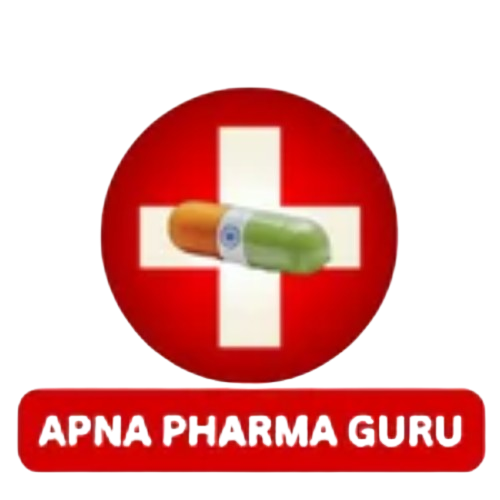Water and Steam may be used in the manufacture of products, cleaning operations, and laboratory activities within pharmaceutical or biopharmaceutical operations.
Systems that generate and distribute water and steam that may come into contact with product/or process contact surfaces, or that are used in the testing of product, are subject to commissioning and qualification (verification) practices.
This second edition of the ISPE Good Practice Guide: Approaches to Commissioning and Qualification of Pharmaceutical Water and Steam Systems, discusses practices and activities associated with the commissioning and qualification (verification) of pharmaceutical water and steam systems. The guide focuses on items which directly affect quality attributes of water or steam during production, storage, and distribution. Both High Purity Water and Pure (Clean) Steam are considered and information on other types of pharmaceutical water and steam is also provided.
This Guide aims to provide an example of how the principles discussed in the ISPE Guide: Science and Risk-Based Approach for the Delivery of Facilities, Systems and Equipment, and the ISPE Good Practice Guide: Applied Risk Management for Commissioning and Qualification may be applied to GMP water and steam systems.
This Guide should be considered as supporting guide to the ISPE Baseline® Guide: Volume 4 – Water and Steam Systems (Second Edition), and the ISPE Good Practice Guide: Applied Risk Management for Commissioning and Qualification, and is complementary to the ISPE Good Practice Guide: Project Management for the Pharmaceutical Industry.
This Guide can be used by industry professionals involved in the design, construction, commissioning, and qualification of new or newly renovated water and steam systems, which are regulated by the international healthcare authorities.
It addresses compliance with international regulations and guidelines for water and steam systems, and considers new systems, extensions to existing systems, and existing validated systems.
Steam sterilization of pharmaceutical equipment is highly dependent on the purity and quality of the steam. If not addressed,
it can severely affect the sterilization of your systems.
According to USP 39 and ISPE Volume 4 USP monograph, pure steam and clean steam carries the same meaning and quality. Monograph is a detailed written study.
Condensed pure steam shall meet the same WFI requirements as per the USP.
Acceptance Criteria: up to 3.5 % V/V when tested according to EN 285.
Minimum of 3 tests required, maximum result must meet EN 285 requirements. steam can cause damp loads while too little moisture cannot prevent the steam from becoming superheated during expansion into the autoclave.
A sterilize-in-place or steam-in-place (SIP) system is typically installed in pharmaceutical facilities to further clean equipment between production cycles after the completion of the clean-in-place (CIP) process. SIP systems employ superheated water purified to USP standards for sterilization operations.
sterilize-in-place or steam-in-place (SIP) system is typically installed in pharmaceutical facilities to further clean equipment between production cycles after the completion of the clean-in-place (CIP) process.
SIP systems employ superheated water purified to USP standards for sterilization operations.
The acceptance criterion for steam dryness (the fraction of steam relative to water – 1.0 = all steam, no water) is at least 0.95, or 95% by weight.
A dryness level down to 90% is considered acceptable for laboratory autoclaves, however, steam below this value is considered to be wet steam.
Both pure steam and water for injection (WFI) are used in many areas of the pharmaceutical industry.
Pure Steam is mainly used for sterilizing tanks, filters and piping systems, as well as products in sterilizers. Moreover, it is used for air-moistening in cleanroom systems.
Types of Steam
Steam for Indirect Heating. Saturated Steam. Saturated steam is the steam which is completely dry and has same temperature as the water from which it is formed.
Steam for Power Generation. Superheated Steam.
Steam for Injection (Direct Heating) Clean Steam.
Steam Quality is a measure of the amount of liquid water contaminating the steam.(For example, steam at 100% quality contains no liquid water and appears as a 100% clear gas, while steam at 90% quality contains 90% steam by weight and 10% water by weight in the form of a fog, cloud, or droplets.)
Qualification of pure steam used in pharmaceutical applications (in steam sterilizers for sterilization of parts, instruments, and assemblies,porous loads,in SIP systems) is an essential part of the quality assurance system of delivered products.
Clean steam testing or perform this procedure yourself, but you will need a test kit to do this.
Qualification of Pure Steam is documented evidence that:
The level of non-condensable gases contained in the steam will not prevent the attainment of sterilization conditions in any part of the sterilizer load;
The excess moisture carried in aerosol will not cause damp loads;
The amount of moisture in suspension with steam from the service supply is sufficient to prevent the saturated steam from becoming superheated during expansion into the sterilizer chamber;
The Quality of Pure Steam Condensate (bacterial endotoxins, total organic carbon, and conductivity) is within specifications.
Stage
Description
Duration
Protocol development
Obtaining information from a customer;
Preliminary review of provided documentation;
Development of qualification protocol.
5 days
Qualification :
Identification of checkpoints and methods of connection;
Feed water sampling for analysis;
Monitoring of non-condensable gases,steam dryness, and superheating;
Steam Condensate Sampling and its transfer to the laboratory;
Filling out qualification protocol forms.
1-2 days
Report development
Analysis of the obtained results;
Calculation of test results;
Summary and conclusions;
Elaboration of recommendations.
Required extensive experience in testing pure steam generation and distribution systems;
Required to be performed tests on a regular basis and are confident in the results;
Qualification of pure steam,stages:
DQ – Design qualification;
IQ – Installation qualification;
OQ – Operation qualification;
PQ – Performance qualification
Reference :
USP 39 Monograph and ISPE Volume 4
